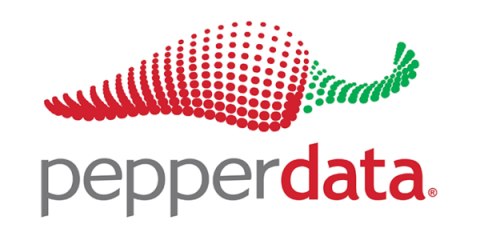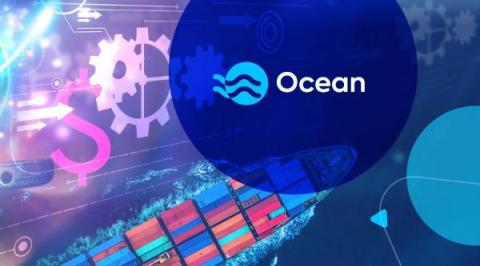15 Best Cloud Computing Tools (Updated 2022)
Cloud computing empowers organizations to access IT resources on-demand, over the internet, and on a pay-per-use basis. Thus, your company does not need to purchase, install, operate, and upgrade hardware for physical data centers. Instead, you can rent resources as needed from cloud service providers such as Amazon Web Services (AWS). For instance, AWS provides compute, storage, database, networking, machine learning, data lake and analytics, security, and IoT resources/services.
















